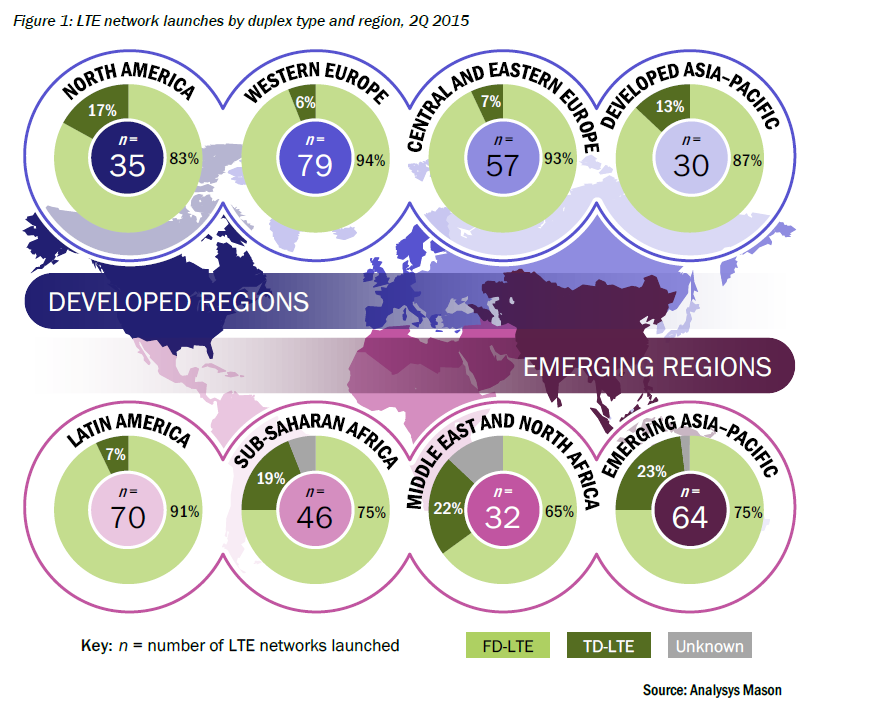This year at MWC, I took the time out to go and see as many companies as I can. My main focus was looking at connectivity solutions, infrastructure, devices, gadgets and anything else cool. I have to say that I wasn't too impressed. I found some of the things later on Twitter or YouTube but as it happens, one cannot see everything.
I have to be honest, haven't seen a WOW demo yet at #MWC18. While there are lots of interesting stuff, it's all the same, old and tired stuff.— Zahid Ghadialy (@zahidtg) February 26, 2018
I will be writing a blog on Small Cells, Infrastructure, etc. later on but here are some cool videos that I have found. As its a playlist, if I find any more, it will be added to the same playlist below.
The big vendors did not open up their stands for everyone (even I couldn't get in 😉) but the good news is that most of their demos is available online. Below are the name of the companies that had official MWC 2018 websites. Will add more when I find them.
Operators
Network Equipment Vendors
Handset Manufacturers
Chipset Manufacturers
Did I miss anyone? Feel free to suggest links in comments.
MWC Summary from other Analysts:
- Mobile World Congress 2018 Event Report - ThinkSmallCell
- Mobile World Congress 2018: trends, news, announcements - Radio Electronics
- Observations from MWC 2018 - Frank Rayal
- Mobile World Congress: State of the Industry 2018 - Xona Partners
- Mobile World Congress 2018 Report: Day 1, Day 2, Day 3, Day 4 - CCS Insight
- MWC 2018 Roundup - Counterpoint Research













































